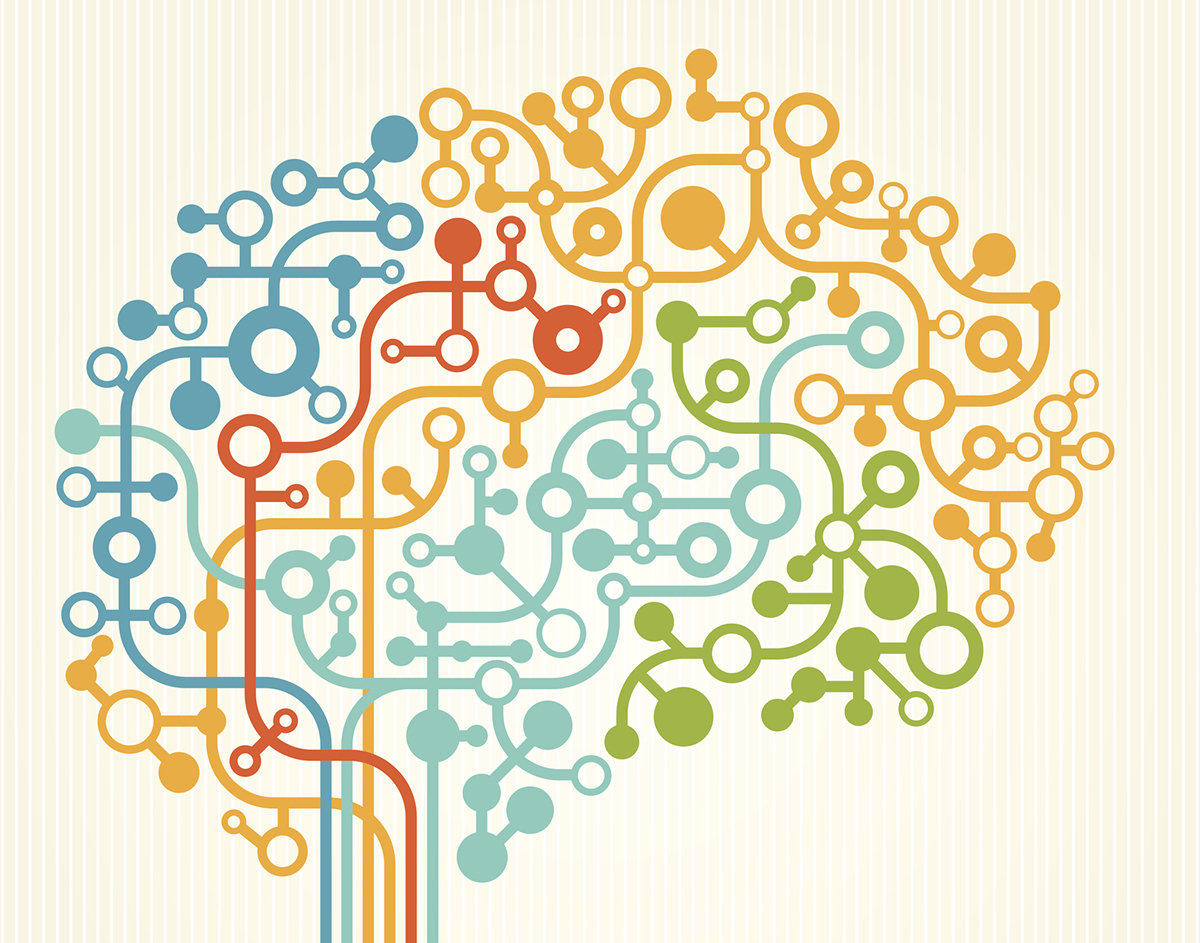More flexibility in brain networks helps you solve harder puzzles

In a nutshell: The more different your brain networks are between resting and reasoning, the better your chances of solving difficult tasks.
Despite how good you are at reasoning and problem-solving, there are limits to your abilities. Have you ever tried solving any of the problems in FiveThirtyEight’s The Riddler without cheating?
A technique called functional magnetic resonance imaging (fMRI) can be used to map brain activity in real time. Recently, researchers have combined these brain measurements with mathematical methods to identify ‘brain networks’: regions in the brain that tend to be active (or inactive) in unison, suggesting that they work together to produce different behaviours.
Many of these studies measured brain activity only while participants were resting, so it is unclear how these brain networks might change when individuals undertake a difficult task, like solving a Sudoku puzzle.
Professor Jason Mattingley and PhD student Luke Hearne, together with colleagues in the University of Melbourne and QIMR Berghofer Medical Research Institute, sought to investigate this question.
The team measured brain networks in volunteers both while they were resting and while they performed a reasoning task similar to Sudoku. The reasoning task had three levels of difficulty and, unsurprisingly, participants’ performance became slower and less accurate as the difficulty increased.
When the volunteers were asked to rest lying down in the fMRI scanner, their brain networks acted independently. But when the volunteers performed the reasoning task, several of the networks started acting in unison, effectively constituting a ‘mega-network’. In addition, volunteers who answered more questions correctly in the task also tended to show more drastic differences in their brain networks between resting and reasoning.
This technique can be used to better understand the changes in brain networks following injuries to the brain, such as stroke.
The team plans to combine brain imaging and brain stimulation to investigate the relationship between brain networks and behaviour.
This article was originally published on The Brain Dialogue. Read the original article.
